rough wood painted over
scibidr
9 years ago
Related Stories
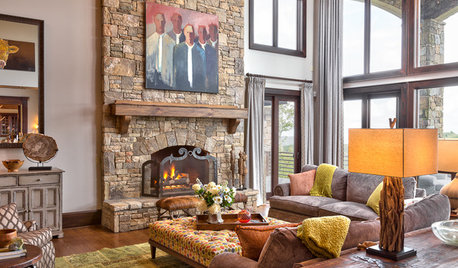
RUSTIC STYLEHouzz Tour: Roughing Up a Fancy Mountain Home
Overstuffed furniture, bright color, local artwork and eclectic details help a couple cozy up their home away from home
Full Story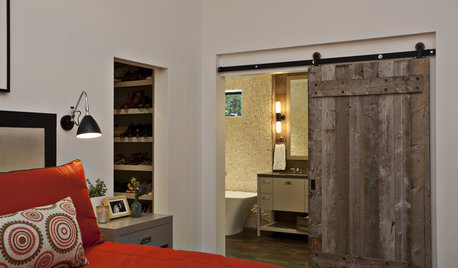
ROOM OF THE DAYRoom of the Day: Roughing Up a Contemporary Master Bath
Natural materials and toothy textures help a sleek bathroom fit a rustic house
Full Story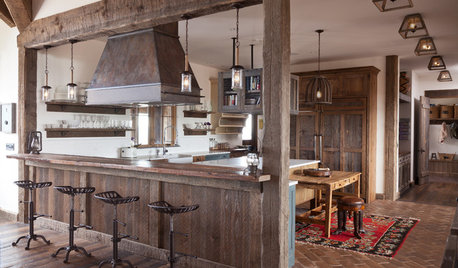
RUSTIC STYLEHouzz Tour: Rough-and-Tumble Refinement
Explore this barn-inspired home that’s designed for an outdoors-loving family
Full Story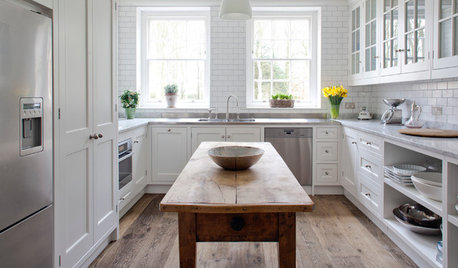
DECORATING GUIDESBring in Warmth and Character With Reclaimed Wood
Got a hankering for that natural touch? Go rough or refined with these ideas for using salvaged wood indoors and out
Full Story
REMODELING GUIDESWood Home Exteriors Branch Out
From rough-hewn planks to sleek screens, wood house exteriors now have a forest of options
Full Story
PAINTINGKnotty to Nice: Painted Wood Paneling Lightens a Room's Look
Children ran from the scary dark walls in this spare room, but white paint and new flooring put fears and style travesties to rest
Full Story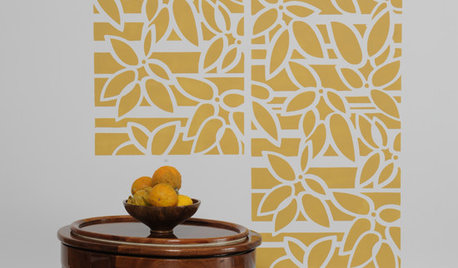
DIY PROJECTSHow to Use an All-Over Wall Stencil
Step-by-Step: Punch Up a Wall With a Bright, Bold Stencil Pattern
Full Story
COLOR11 Terrific Paint Color Matches for Wood Details
Pair your wood trim and cabinets with the right shade of wall paint to bring out the beauty in both
Full Story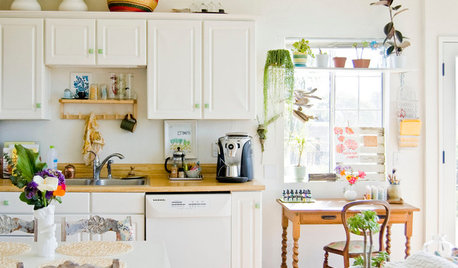
KITCHEN CABINETSColorful Ways to Make Over Your Kitchen Cabinetry
Try these inspiring color updates to spice up your kitchen a little — or a lot
Full Story





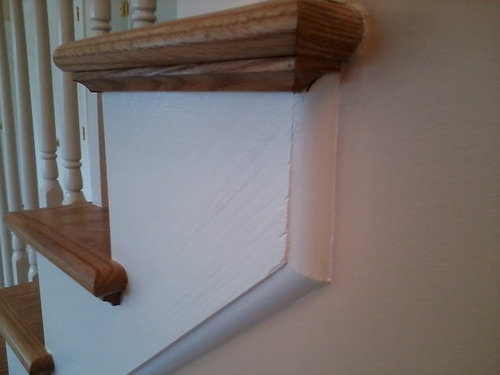
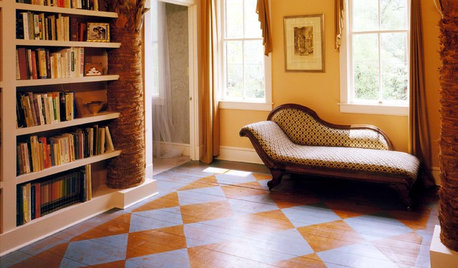
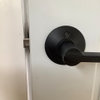
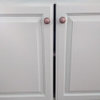
kudzu9
scibidrOriginal Author
Related Professionals
Gardner Kitchen & Bathroom Remodelers · Pearl City Kitchen & Bathroom Remodelers · Sioux Falls Kitchen & Bathroom Remodelers · Wilson Kitchen & Bathroom Remodelers · Four Corners General Contractors · Ken Caryl General Contractors · Lighthouse Point General Contractors · Schertz General Contractors · Baileys Crossroads General Contractors · Arizona City Painters · Downey Painters · Dumont Painters · East Hanover Painters · Kenosha Painters · Towson PaintersscibidrOriginal Author
kudzu9
Fori
sdello
scibidrOriginal Author
hippy